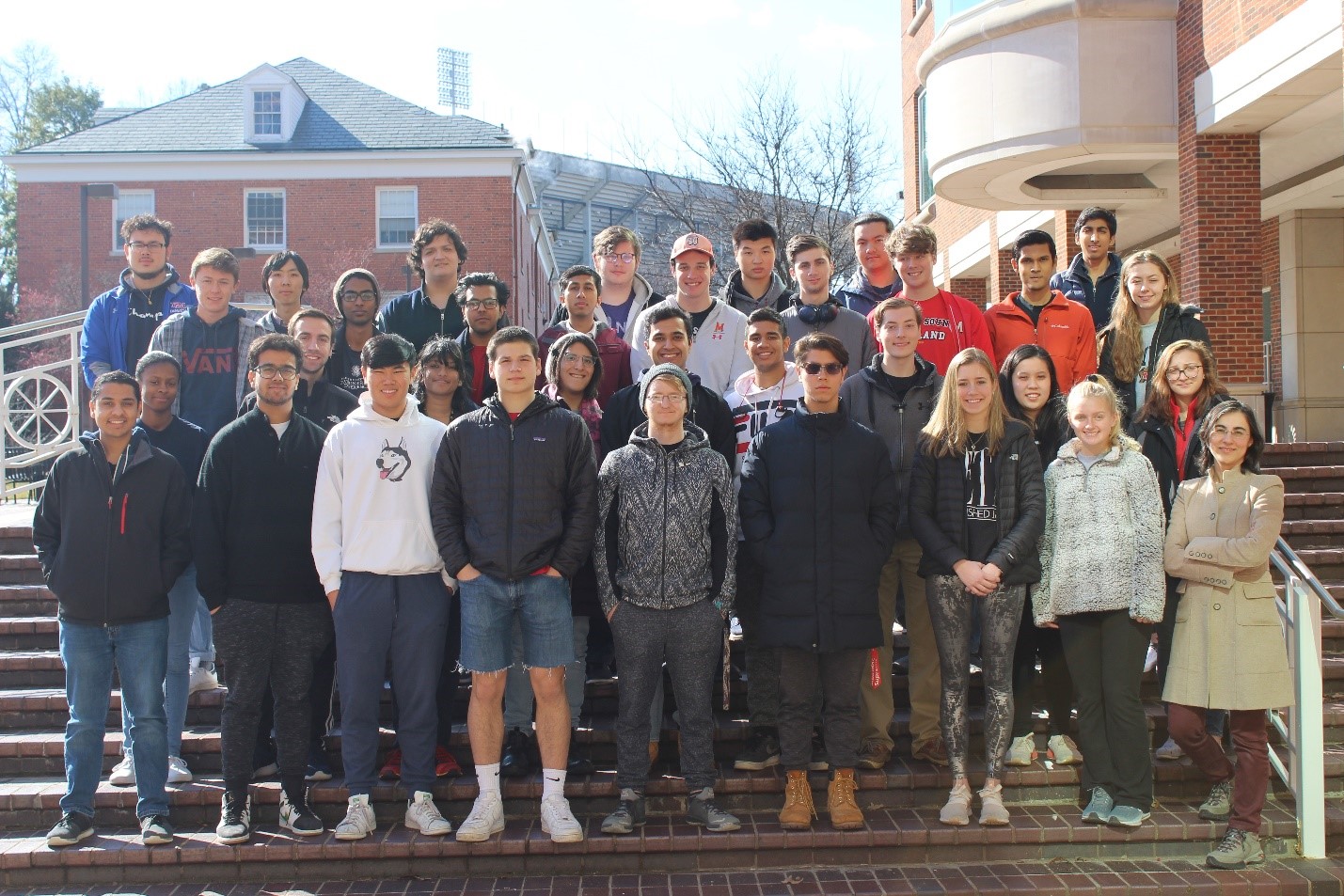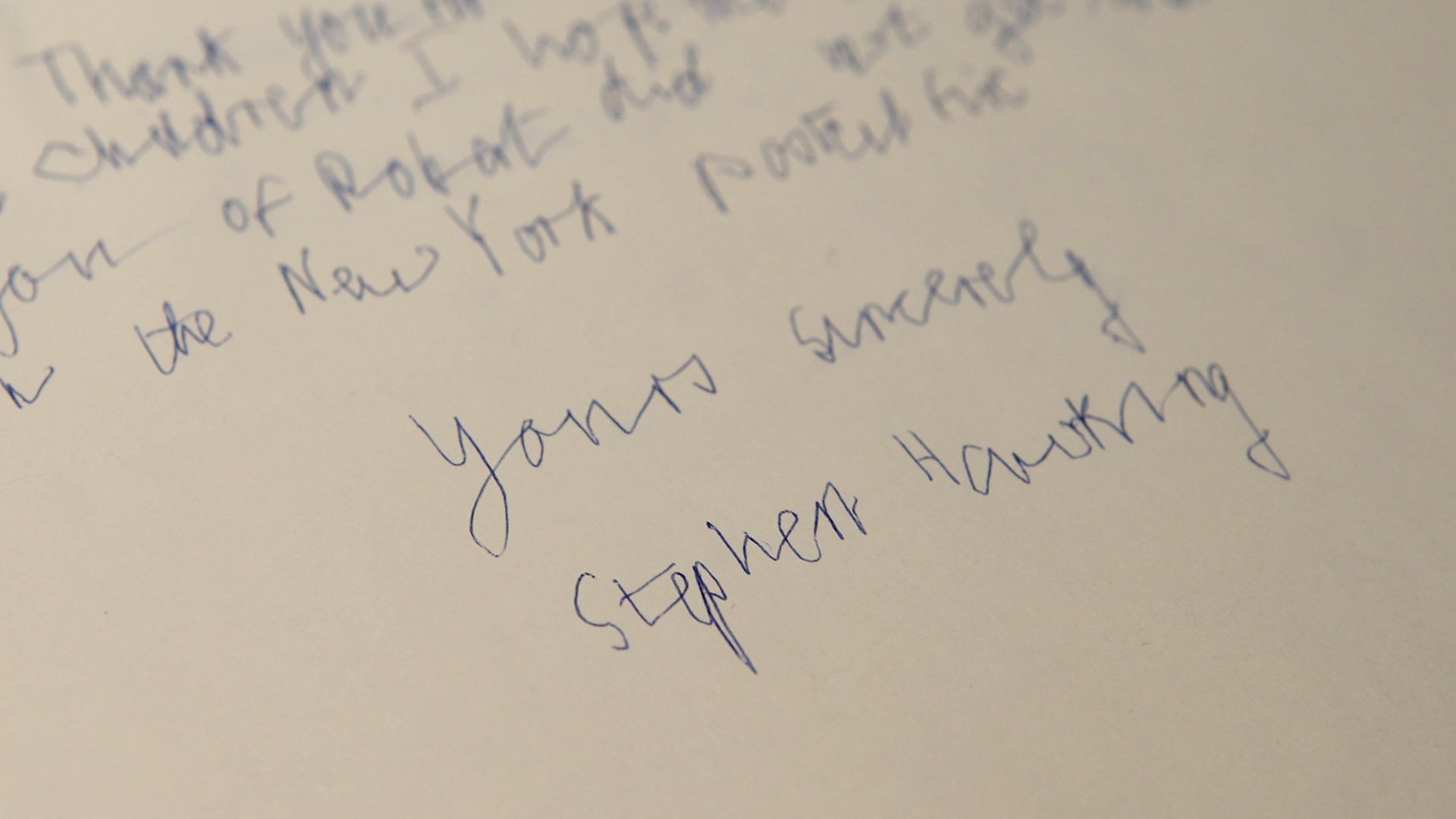Hafezi Named Finalist for Blavatnik Award
- Details
- Category: Department News
- Published: Thursday, May 30 2019 10:33
Mohammad Hafezi has been named a finalist for the 2019 Blavatnik National Awards for Young Scientists.
He is one of 31 researchers competing for three Blavatnik National Laureate Awards in the categories of Physical Sciences and Engineering, Chemistry and Life Sciences, and is one of 10 finalists in Physical Sciences and Engineering. Each of the three National Laureates will win $250,000—the world’s largest unrestricted prize for early-career scientists. The awards are sponsored by the Blavatnik Family Foundation and the New York Academy of Sciences.
"Starting during his time as a postdoc in the Joint Quantum Institute, Hafezi has established himself as a world leader in marrying topology, many body physics and photonics," said Steve Rolston, chair of the Department of Physics. "With appointments in physics and engineering, he is helping to catalyze UMD's efforts to transition quantum physics to quantum technology."
Now in its 13th year, the Blavatnik National Awards for Young Scientists recognize the past accomplishments and the future promise of the most talented faculty-rank scientists and engineers aged 42 years and younger at America’s top academic and research institutions. This year, the Blavatnik National Awards received an unprecedented 343 nominations from 169 academic and research centers across 44 states—a record in all three categories. The three 2019 National Laureates will be announced June 26.
Inspired by the concept of topology in mathematics and its prevalence in electronic quantum materials, Hafezi’s innovative work has addressed a critical problem of inevitable nanofabrication defects. These imperfections have plagued the reliability and performance of optical devices in nanophotonics and quantum optics for years. Hafezi has shown that like electrons, photons under a given set of conditions can also be made insensitive to both the shape and defects in an optical device. This discovery has garnered immense interest in the optics community and spurred a new field of topological photonics. Hafezi is an associate professor with affiliations in the Department of Electrical and Computer Engineering, Department of Physics, Joint Quantum Institute, and Institute for Research in Electronics and Applied Physics.


